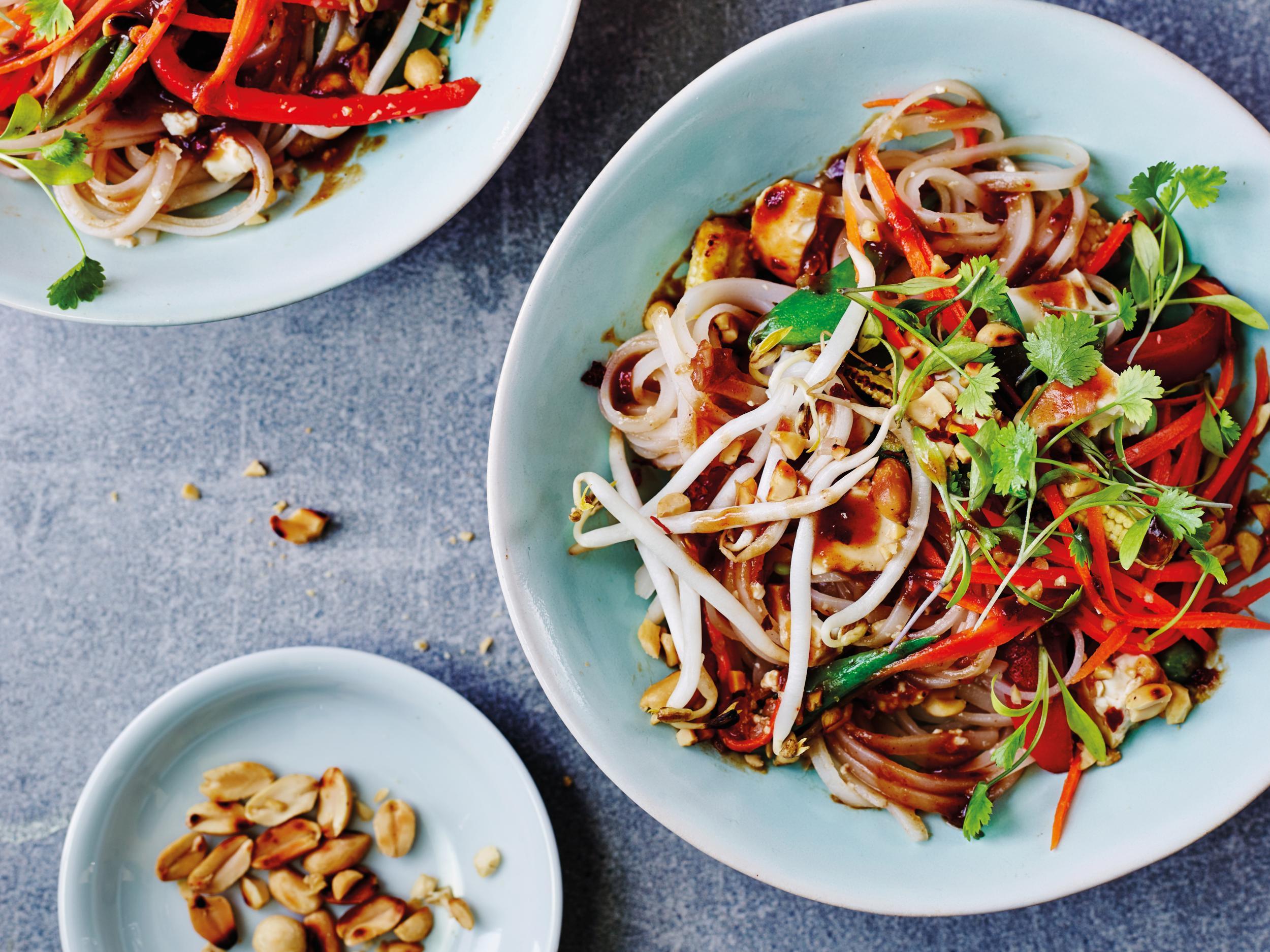What is Pad Thai? How to make Thailand's favourite street food
Noodle the star of Google's latest Doodle

Your support helps us to tell the story
From reproductive rights to climate change to Big Tech, The Independent is on the ground when the story is developing. Whether it's investigating the financials of Elon Musk's pro-Trump PAC or producing our latest documentary, 'The A Word', which shines a light on the American women fighting for reproductive rights, we know how important it is to parse out the facts from the messaging.
At such a critical moment in US history, we need reporters on the ground. Your donation allows us to keep sending journalists to speak to both sides of the story.
The Independent is trusted by Americans across the entire political spectrum. And unlike many other quality news outlets, we choose not to lock Americans out of our reporting and analysis with paywalls. We believe quality journalism should be available to everyone, paid for by those who can afford it.
Your support makes all the difference.Today’s Google Doodle celebrates Pad Thai, a Thai street food dish popular the world over.
An agreeably chaotic melange of rice noodles, egg, tofu, shrimp, tamarind and vegetables garnished with crushed peanuts, Pad Thai allows every chef who makes it to add their own signature flourish and regional variation.
It's also scientifically proven to satisfy the taste buds: a dish salty, sweet, sour, bitter and spicy all at once.
The dish’s origins are uncertain – some believe it was introduced by Chinese traders during the heyday of the Ayutthaya Kingdom (1351-1767), others that it was imported from Vietnam as a relative of pho noodle soup.
Its current popularity was born of necessity during the Second World War, when Thailand was suffering an acute rice shortage as national resources came under strain during the war in the Pacific.
In the absence of this cornerstone of the nation’s cuisine, the Thai government encouraged citizens to adopt rice noodles instead. They duly did so, adding cheap sources of protein to ensure a filling, nutritious meal to keep spirits high during a moment of international crisis. The result proved an instant classic.
Here’s our favourite recipe, taken from Rosa’s Thai Café: The Cookbook:
- Soak tamarind pulp in six tablespoons of warm water, then stir until it becomes a thick liquid.
- Heat two tablespoons of oil in a wok, add shallots and stir-fry until almost golden brown.
- Carefully add the tamarind and cook for a minute to reduce slightly.
- Add palm sugar - stirring it to break it up - then stir in the fish sauce and continue to cook over a high heat for approximately one minute until it has thickened slightly.
- Transfer your finished Pad Thai sauce to a bowl and set aside. This recipe makes enough for four servings so you should have plenty left over.
- Now prepare the noodles. Scramble the beaten eggs in a hot wok with the remaining oil, then add the noodles and stir-fry until the egg breaks up and the noodles are soft.
- Add prawns and dried turnip and stir-fry until the prawns are nearly cooked.
- Mix in eight tablespoons of the Pad Thai sauce completed earlier and continue to stir-fry until the noodles take on a nice golden-brown colour.
- Add bean sprouts, chilli powder (optional), Chinese chives and crushed peanuts and keep stir-frying for another two minutes.
- Transfer the noodles to two serving plates and serve immediately with lime wedges. Voila!
Join our commenting forum
Join thought-provoking conversations, follow other Independent readers and see their replies
Comments